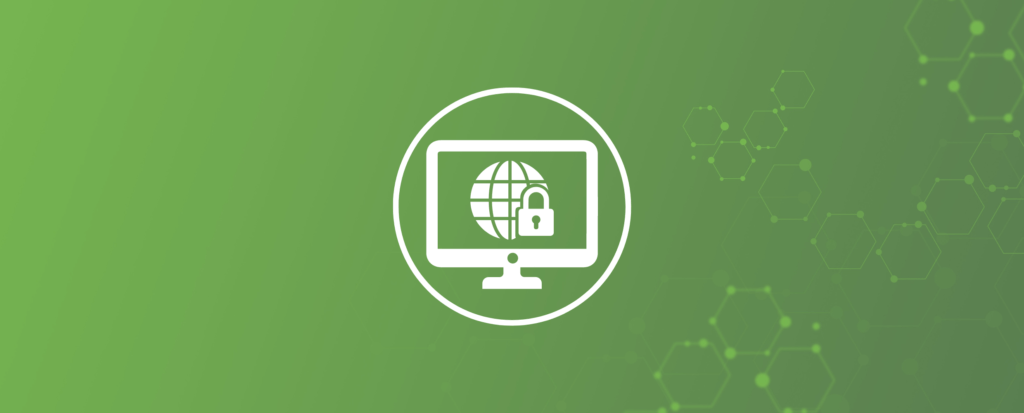How to Practice Safe Online Habits and Make Cybersecurity a Priority

All it takes is one click for your cyber security to spiral out of control. It’s evident through an uptick in SPAM, data breaches, and phishing attacks that there is no better time than now to keep Cybersecurity at the front of mind.
On top of that, it’s October which means it’s National Cybersecurity Awareness Month. Held every October, the National Cybersecurity Awareness Month (NCSAM) is put on by Cybersecurity & Infrastructure Security Agency (CISA) and the National Cybersecurity Alliance (NCSA). The goal of Cybersecurity Awareness Month is to create awareness across organizations and individuals and promote cyber security best practices.
This month-long awareness event is for everyone from corporations and organizations to individuals. Cybersecurity affects everyone who accesses the internet and promoting awareness and best practices has benefits to us all.
Every year there is also a theme for the month, with this year’s theme being “See Yourself in Cyber”. When thinking about this year’s theme, try and see yourself in cyber both from the aspect of your business but also personal lives. Friends and family can be impacted by malicious ransomware and phishing attempts. You don’t have to be part of a large company to be targeted. Anyone can fall victim to these attacks, which makes it important to always practice safe online habits.
Common types of cyber-attacks to be aware of:
- Phishing attempts
- Links coming from unknown senders and people outside of your organization / network
- Malware and Ransomware attempts
- Risks associated with accessing unsecured Wi-Fi and public networks
Things you can do to prevent these attacks from happening:
- Update your software regularly and turn on auto-updates for software
- Use a password manager to securely store all your passwords
- Create unique passwords for all online accounts and do not re-use passwords
- Enable Multi-Factor Authentication (MFA) on all your online accounts
- Hover over links included in emails to preview and verify the URL prior to clicking
- Be cautious and think twice about emails rushing you to act. If unsure of a message, it is always best to check directly with the source/sender
The take-away from all of this is to continue to keep up on your cybersecurity education and share your knowledge with others. It only takes a single click for a situation to escalate out of control. In an ever-changing online environment, staying one step ahead of cybercriminals must be an ongoing practice.
Additional Resources:
- Cybersecurity and Infrastructure Security Agency – https://www.cisa.gov/cybersecurity-awareness-month
- CISA Year-Round Resources – https://www.cisa.gov/cyber-resource-hub